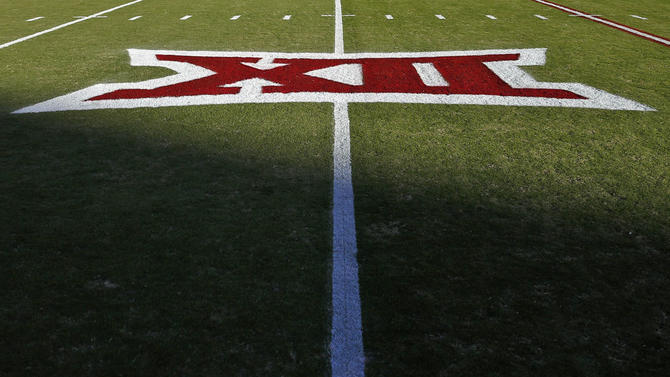The Big 12 may expand ... or maybe it won't. It's the same conversation from this time last year. And the year before that. And the year before that. Still, no other stalemate in college football has garnered this much attention.
Add to the fire the uncertainty surrounding the future of Baylor president Ken Starr and expansion talks look to be off the table for another year with an announcement from the university on Starr's status not scheduled until the final day of the Big 12 meetings on June 3.
That won't keep the college football world from talking about Big 12 expansion, though. It's a tale of dysfunction that goes back two decades when the Southwest Conference was dissolving and the Big 8 was looking to keep up with other powerful conferences.
Some of the details from this story can be read in a new book, "The Transformative Years at Kansas State," by former university president Jon Wefald. The Kansas City Star has a comprehensive synopsis of what's in the book, but there are two fascinating nuggets as far as expansion is concerned.
First, Wefald detailed the origins of the Big 12 and what could have been a 16-team superconference made up of the Big 8 and Southwest conferences. Instead, former Texas president Bob Berdahl supposedly asked the Big 8 to invite only four teams, including the Longhorns.
Initially, Wefald talked about a merger of the 16 schools. But on a conference call in February 1994, Wefald recalled then-Texas president Bob Berdahl shaping the league. "'Here is what we decided,'" Wefald quoted Berdahl. "'We encourage the Big 8 Conference to invite Texas A&M, Texas Tech, Baylor and Texas to form a new conference.'"
Later, Wefald alleges Berdahl failed to use his influence to keep Nebraska in the AAU right around the time it joined the Big Ten conference. When it comes to expansion, the Big Ten has always taken academics seriously.
Wefald recalled Berdahl harmed Nebraska after leaving Texas. Berdahl was the president of the Association of American Universities (AAU) in 2011 when Nebraska was voted out of the prestigious group. Wefald said Berdahl could have used his influence to sway a close vote.
"The truth is," Wefald wrote, "no outside academic leader has dented Nebraska's athletic and academic standing over the years more than Bob Berdahl."
Wefald is said to have added that "if Nebraska had not been a member of the AAU in 2010 when the Big 10 was adding a new school, the University of Missouri, an AAU school, would likely be a member of the Big 10 today."
There are obviously more moving parts in the history of expansion/realignment than the ones mentioned above, but those at least provide a slight peek behind the proverbial curtain when it comes to these types of things.
The Big 12 has never done itself any favors through the lens of public perception. By far, the Big 12 is considered to be on the most unsteady ground when it comes to its future among the Power Five conferences. Wefald merely showed that tension goes back several years.






















